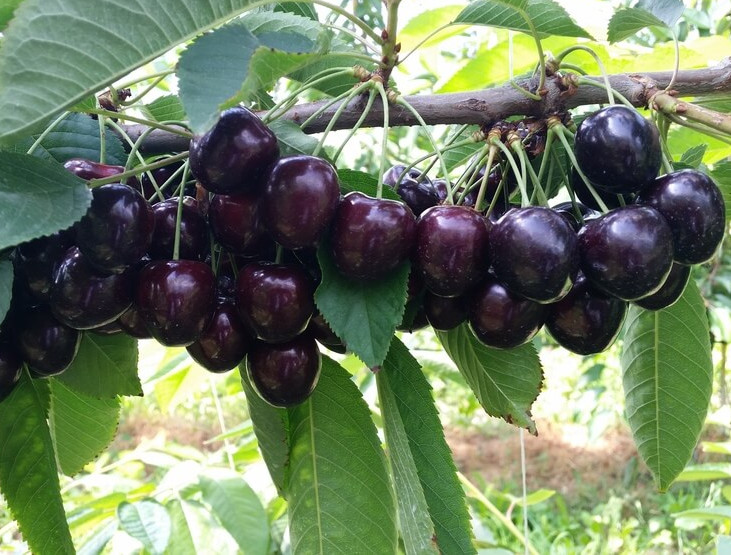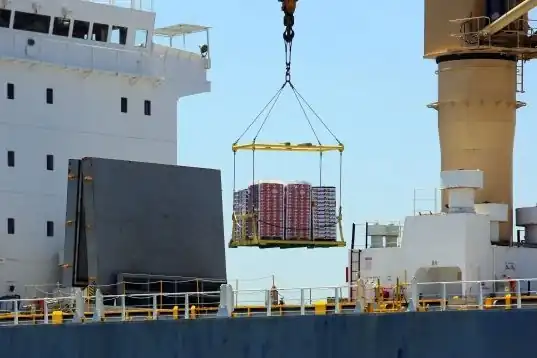Excess cherries, but also larger and better: a successful start to the season in the Segrià region, Catalonia. The recent rains have damaged part of the crop, but the sector is optimistic about the size and quality of the fruit.
Cherry harvesting in Segrià started with complications due to rain, which caused the early varieties to split due to excess water. However, the overall outlook is to reach last year's production, with larger and higher-quality cherries.
Weather factors have mainly affected the first cherries of the year. Last year's heat and lack of rain reduced the number of fruits, and in some farms, the rain that fell just as the cherries were growing caused the skin to crack, the so-called “cracking.”
Oriol Teixidó, a grower from Seròs, in Segrià, regrets the effects of the climate crisis.
“The early heavy rains hit us just as we were starting, with varieties very prone to cracking. If the rains decrease and there are other climatic factors, production will always be lower.”
In addition to the western regions, areas like the Guiamets basin in Priorat have also been severely affected. The severe drought has caused many fruit trees, including cherries, to die. On the other hand, other areas in the same region with underground wells - and thus less dependent on water accumulated in the reservoir - have managed to maintain their production.
 Image 1: Cherries ready for harvesting in Baix Segre, Catalonia.
Image 1: Cherries ready for harvesting in Baix Segre, Catalonia.
Good prospects, despite everything
Despite the recent setbacks, the sector believes this year's forecasts are better considering the varieties that will be harvested in the coming weeks, “which are not affected and can withstand more water.”
This is according to Afrucat, the Catalan association of fruit companies. According to their estimates, next year's harvest in Catalonia will not reach its maximum potential and will be around 8,700 tons of cherries out of a possible 9,500, a figure slightly above the average of the last five years.
However, it is believed that it will be a good season, especially due to the larger size and quality of the fruits, as emphasized by Afrucat's director, Manel Simon.
“Last year's high temperatures and water stress meant that the transition from flower to fruit was not as good as expected, but this is offset by better quality and larger sizes, which will characterize this season.”
Source: CCMA
Images: CCMA
Cherry Times - All rights reserved













